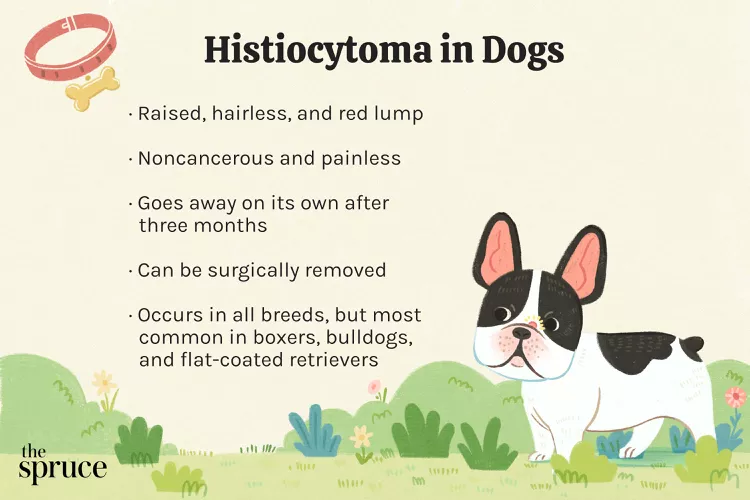
Histiocytomas look scary but they are not dangerous. Raised, red, and sometimes ulcerated, these benign growths are not usually painful or itchy for dogs. Surgical treatment is only recommended if the bump grows large enough to bother the dog or the owner. There are similar bumps that can indicate parasites or malignancy, though, so a veterinary exam is recommended to verify the type of growth on your dog's skin.
A histiocytoma is a type of benign (non-cancerous) skin growth typically seen in young dogs. They originate in the Langerhans cells (also called histiocytes), which help protect a dog's body from foreign "invaders" on the skin such as pollen, bacteria, or fungi.
Histiocytomas most commonly occur in dogs three years of age and younger. They generally appear suddenly and are discovered by chance when owners are petting their dogs. Because histiocytomas cause little or no irritation, dogs generally will not alert owners to them by scratching, licking, or chewing.
These growths are raised and usually smooth-surfaced, giving them a button-like appearance. They typically appear on the head, neck, ears, or limbs of a dog but can occur elsewhere on a dog's body. They can be as large as four centimeters in diameter but tend to be less than two centimeters.
Histiocytomas can occur in any breed of dog, but some breeds that they are more commonly seen in include boxers, bulldogs, and flat-coated retrievers.
While histiocytomas themselves are non-cancerous, on a microscopic level, they belong to a broader classification of growths known as round-cell tumors. There is no known cause for these tumors, some of which can become cancerous.
If your dog suddenly develops a lump, or you suspect your dog may have a histiocytoma, your veterinarian will start by performing a thorough exam and obtaining a history of your dog.
As with all growths, definitive diagnoses of the type of growth are done by looking at the cells microscopically. This is accomplished either by surgically removing the growth and biopsying it or performing something called a fine needle aspirate, or FNA. An FNA is performed by collecting cells from the growth on a needle and then transferring them to a slide to look at under the microscope. It is minimally invasive and can be done on the same day as your initial exam for the growth.
If the growth is located in an area that would make aspirating or biopsying difficult and there is a high suspicion of a histiocytoma, your vet may opt to wait on performing any diagnostics and watch the lump to see if it remains stable or resolves on its own.
Once your vet has definitively diagnosed your dog's lump as a histiocytoma, you can discuss removal options. Your vet may recommend waiting to see what the growth looks like in a few weeks or months. It is not uncommon for histiocytomas to resolve on their own.
Although these types of growths are rarely painful or irritating to a dog, it is important to prevent dogs from licking, chewing, or scratching, which may create secondary infections.
If the growth does not disappear, your vet may recommend removal via cryosurgery. This involves a local anesthetic to the area to freeze the growth. If your dog's histiocytoma is large, then cryosurgery may not be possible, so surgical removal will be the best option.
If your dog has a histiocytoma surgically removed, as with all post-surgery care, it is of the utmost importance to prevent your dog from licking, chewing, or scratching at the incision to prevent him/her from opening up the incision and/or creating a secondary infection. Your vet will provide specific post-surgery instructions to keep the incision area clean.
If you notice any significant redness, swelling, or missing stitches, or if the incision feels warmer than the surrounding tissue, be sure to notify your vet immediately.
Dogs generally recover quickly from this minor surgery and suffer no long-lasting effects from the procedure. Dogs with small, painless histiocytomas may live happily with these benign growths for many years—no surgery required.
Because histiocytomas have no identifiable cause, there is no way to prevent them from growing. They are not contagious, though, and cannot be spread through skin-to-skin contact. They do not pose any threat to any humans or any other animals that your dog may come into contact with.

Exploring the Different Types of Pet-Friendly Beaches
Are you looking for pet-friendly beaches? Learn about the different types of pet-friendly beaches, their locations, and tips for visiting them with your pet.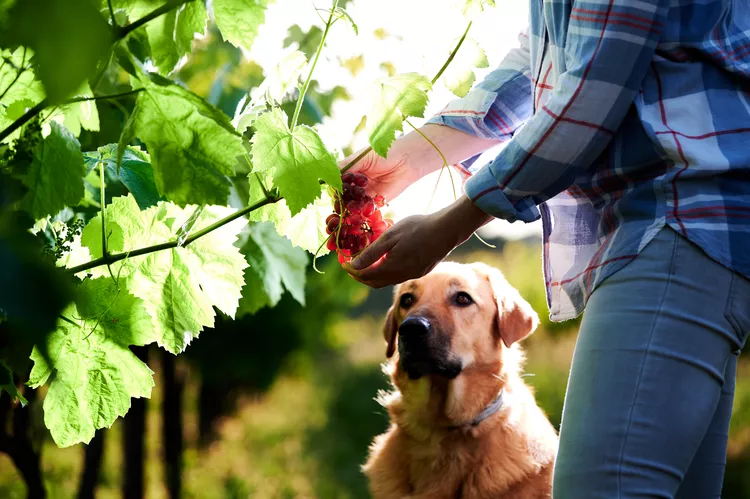
Exploring Pet-Friendly Wineries: Types, Locations, and More
Discover the different types of pet-friendly wineries, where to find them, and what to expect when you visit. Learn more with The Spruce Pets.
Why Is My Dog’s Eye Swollen?
If your dog's eye is swollen, she may need veterinary attention. The inflammation could be caused by allergies, an injury, or even a tumor.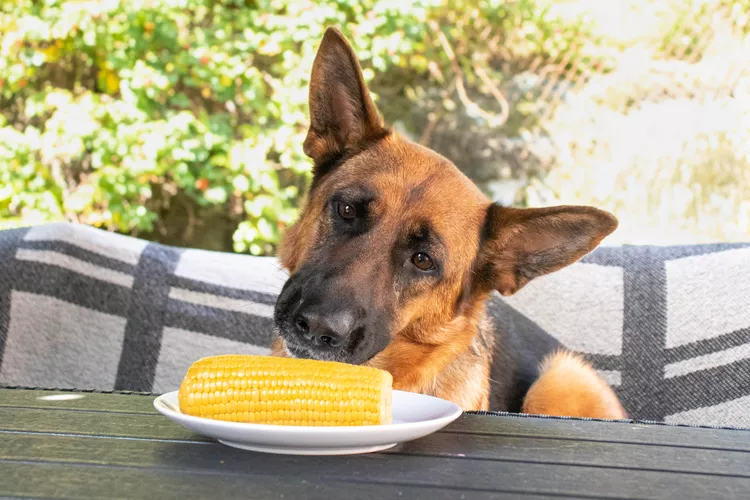
Can Dogs Eat Corn on the Cob?
Dogs love chewing on corn cobs, but this can cause serious harm. Learn about the dangers of corn cobs and find out what to do if your dog eats one.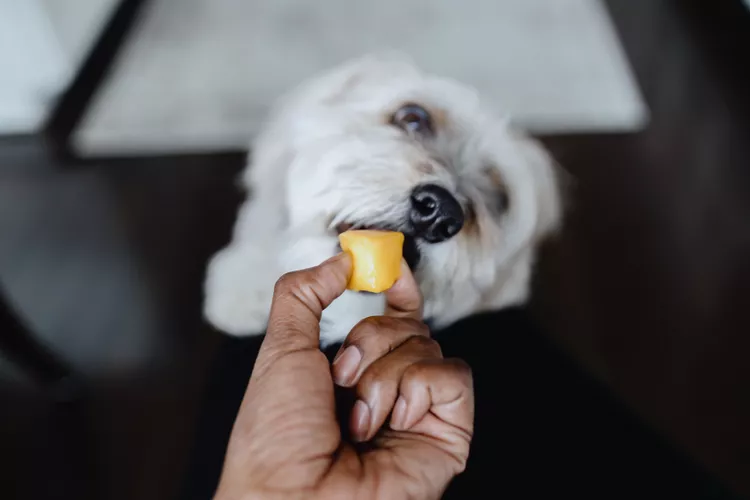
Can Dogs Eat Papaya? What to Know About Sharing This Tropical Fruit With Your Pup
Papaya is safe for dogs in moderation, and it can even provide some nutritional value for them. However, too much can cause digestive upset, and it's not suitable to share with dogs with certain health conditions.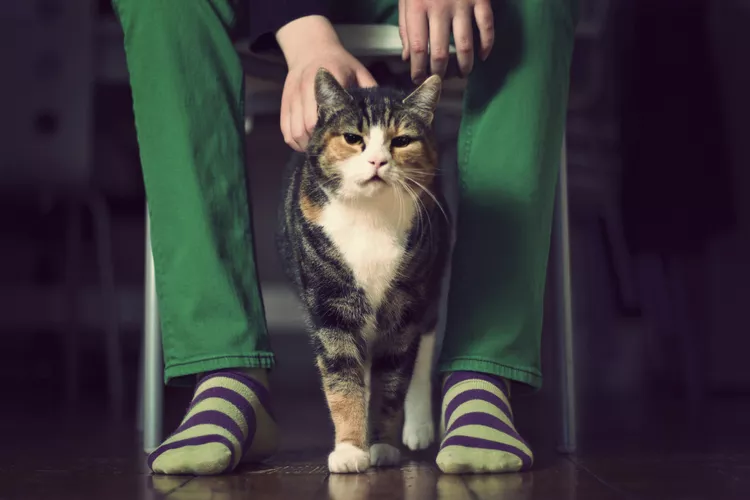
65 Irish Cat Names
Irish cat names can pay homage to historical places, local cuisine, famous Irish actors and musicians, or other wonderful aspects of the Emerald Isle.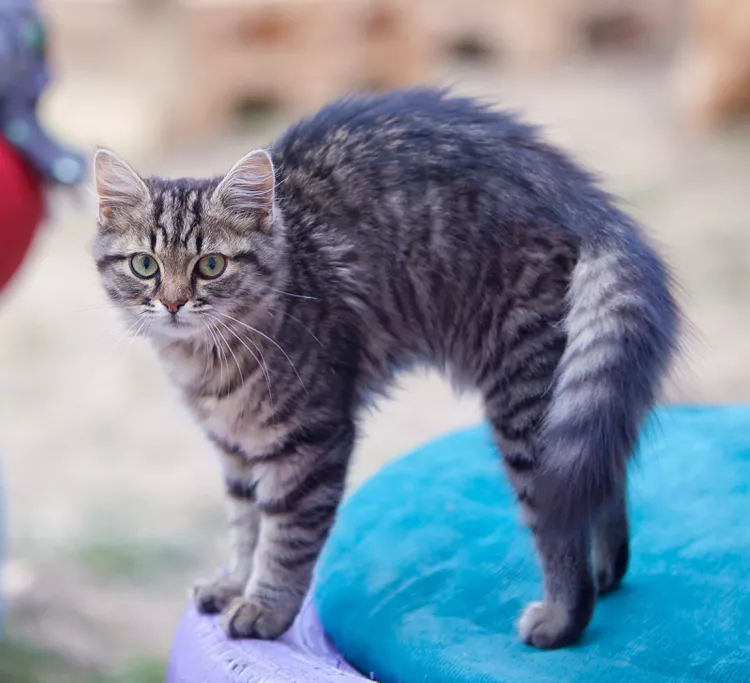
Feline Hyperesthesia Syndrome (FHS) in Cats
Rippling skin is more than dermal sensitivity in cats. It can be a sign of Feline Hyperesthesia Syndrome. Learn the causes, treatment, and prevention.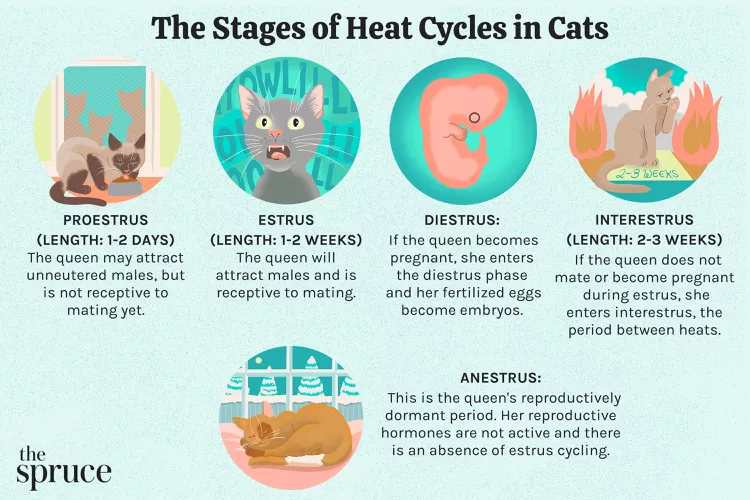
How Long Are Cats in Heat?
How long are cats in heat? Learn about the heat cycles of cats, also called estrus, as well as the reasons you should spay your cat.
Can Dogs Eat Raw Chicken Feet?
What are the potential health benefits of chicken feet for dogs? What are the risks?
Is Eucalyptus Safe for Cats?
Many products containing eucalyptus are not safe for cats, and it is important to be aware of the risks to your cat.
What You Need to Know About Homemade Cat Food
If you want to cook for your cat, make sure to read about the risks associated with homemade diets for cats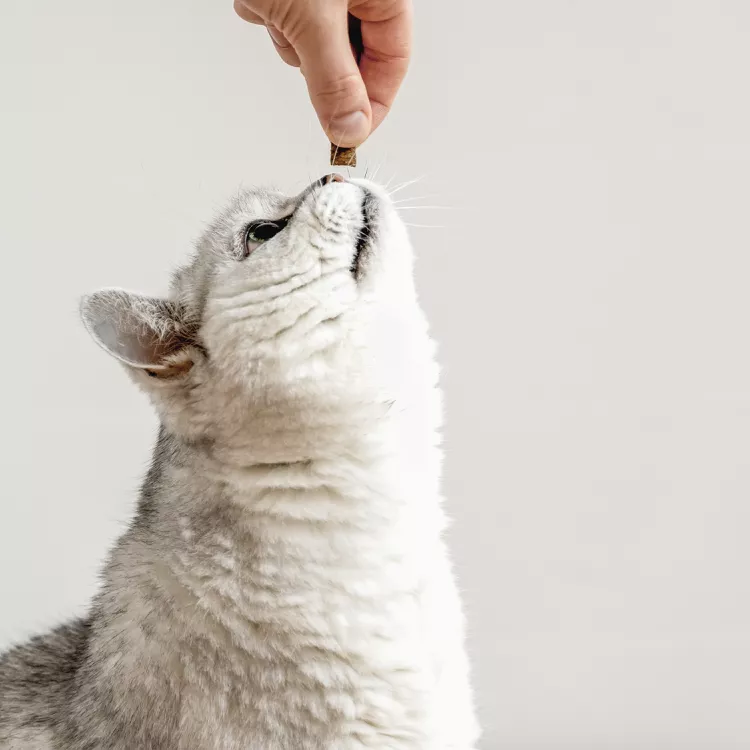
Can Cats Eat Peanut Butter?
Peanut butter is not toxic to cats, but it might not be the best choice of treat for them.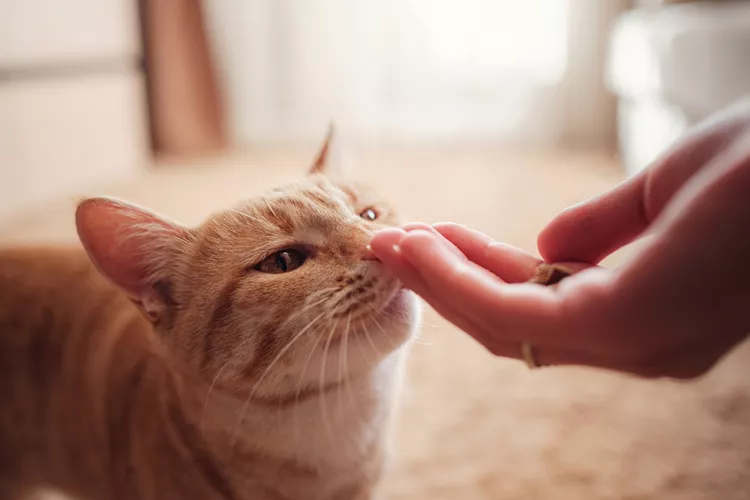
Can Cats Eat Cheese?
Can cats eat cheese? Is it healthy for them? How much can they eat and what should you do if you fear your cat has eaten too much cheese?
8 Flat-Faced Cats with the Cutest Smooshed Faces
These flat-faced cat breeds have a distinct and adorable appearance. Learn about their origins and traits, and the potential health risks tied to their unique facial structures.
Pictures and Facts About Bengal Cats and Kittens
Bengal cats are a cross between wild cats and domestic cats. Learn more about what they look like and pictures of this beautiful spotted breed.
Top 10 Big House Cats
Larger cat breeds, like Maine coons and savannahs, deserve just as much love as their petite counterparts. These big house cats tip the scales.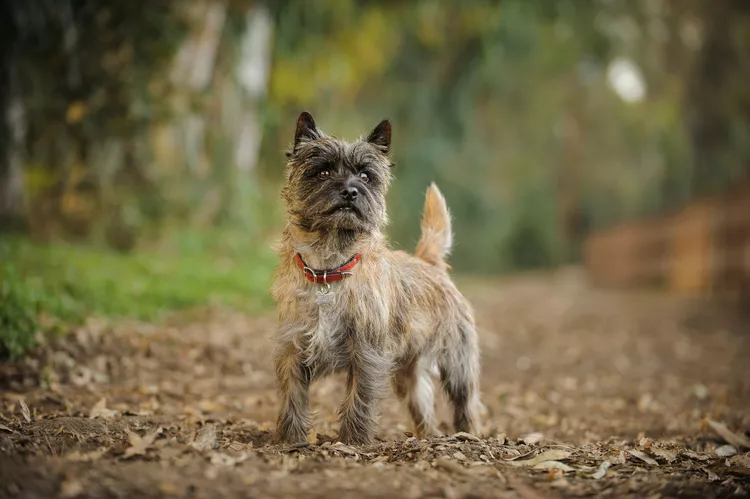
Cairn Terrier: Dog Breed Characteristics & Care
The cairn terrier is a spunky, affectionate, and intelligent dog from Scotland. The breed became famous when one played Toto in The Wizard of Oz. Learn about the temperament, history, health, and care needs of the cairn terrier dog breed.
Reasons Why Dogs Grind Their Teeth
Some dogs grind their teeth. Learn why dogs grind their teeth and if it can be harmful. Find out what to do about teeth grinding in dogs.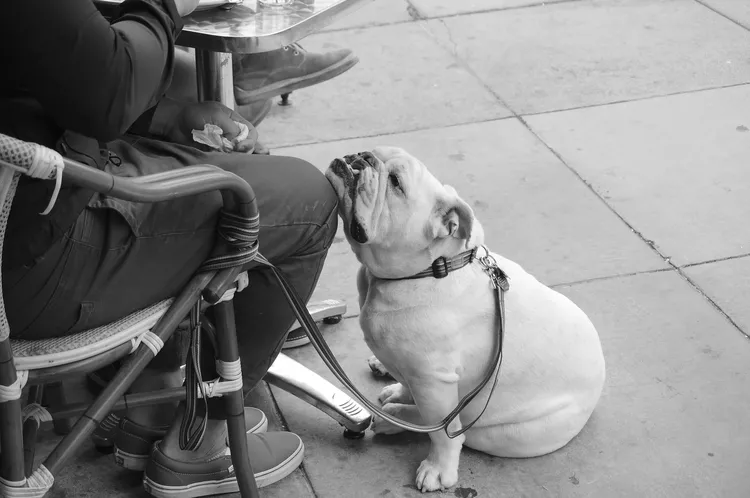
This Is Why Some Dogs Lean on People
Certain dogs really love leaning on their humans. What does this mean? Find out why dogs lean on people and if this is ever a problem.
Can Dogs Get Depression? How to Help Your Sad Dog
Can dogs get depression? Learn about the signs of depression in dogs and find out how to help your sad dog.